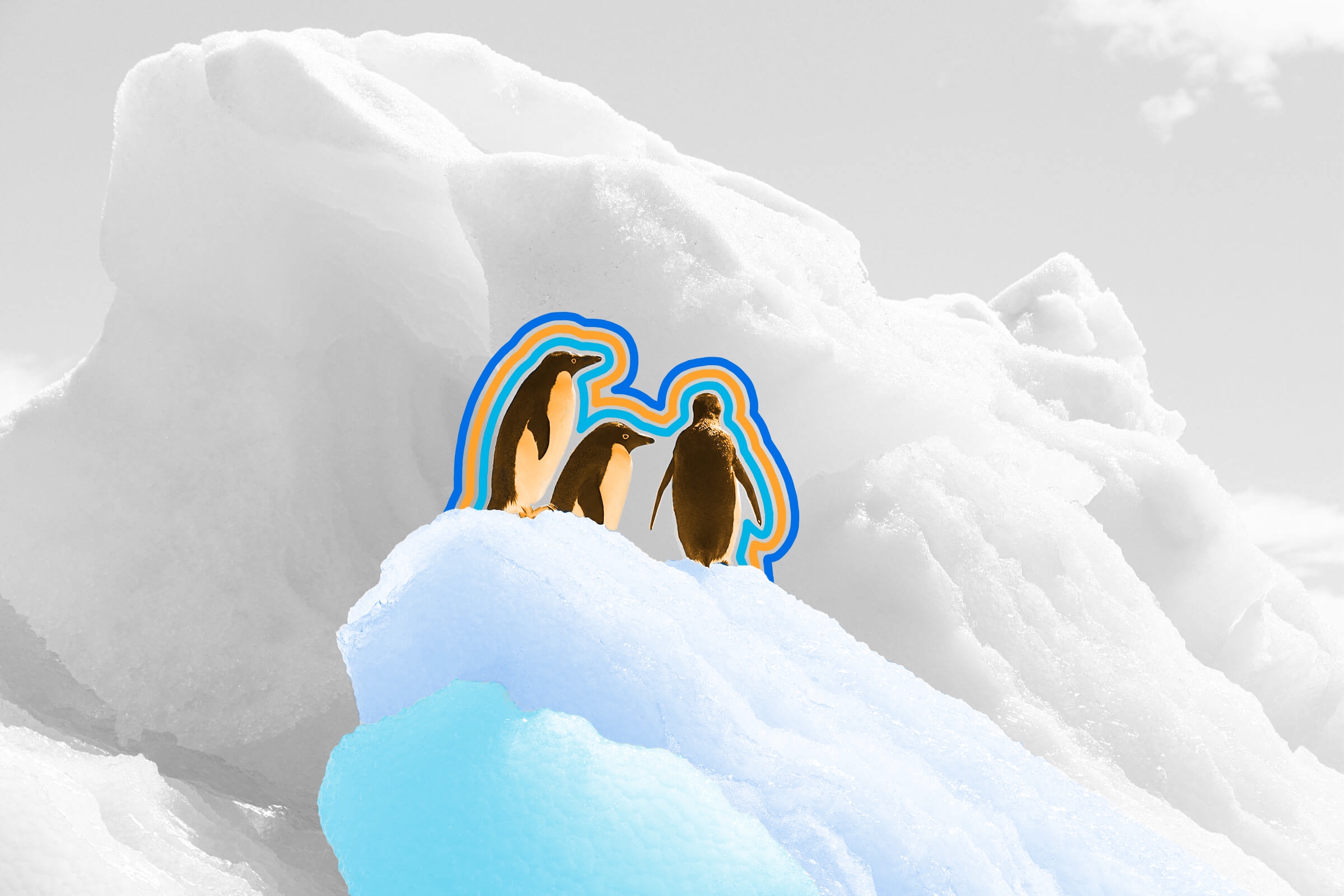
Antarctica is considered a desert.
Antarctica is best known as the barren southernmost continent, home to glistening glaciers and snow-packed peaks that never seem to melt. Despite being surrounded by an endless supply of frozen water, the coldest continent on Earth is also one of the driest — so dry, in fact, it’s technically considered a desert.
Although the parched landscapes of Death Valley or the Sahara may spring to mind when we visualize a desert, the ecosystem classification has more to do with precipitation than temperature. True deserts typically receive less than 9.8 inches of rainfall per year. Antarctica, which averages just 2 inches of annual precipitation, meets this definition; at 5.5 million square miles, it reigns as the world’s largest and coldest desert. In comparison, Africa’s Sahara desert — the world’s largest hot desert — spans just 3.6 million square miles; its dusty sand dunes receive about an inch more rainfall than Antarctica does per year.
Antarctica’s harsh climate doesn’t equally share its annual allotment of rain, and some areas are practically devoid of showers. The McMurdo Dry Valleys, a snow-free region located west of the McMurdo Sound, are considered one of the driest places on Earth. Some researchers believe the flat-topped hills haven’t seen measurable precipitation or flowing water in 14 million years — an extreme drought that’s unlikely to end any time soon thanks to the placement of nearby mountains, freezing temperatures, and unforgivingly strong winds that can reach up to 200 miles per hour.
Photos of Antarctica may trick you into believing the icy continent exists in shades of only blue and white, but a 1911 discovery of a red waterfall proves otherwise. Around 112 years ago, Australian geologist Griffith Taylor came across an Antarctic waterfall spewing blood-red water from deep within a glacier. Taylor believed the red water was caused by red algae, though this theory was later debunked. The rust-colored water in what’s now known as Blood Falls actually stumped scientists for the better part of a century, until water samples suggested that iron might be the cause. The saline brine feeding the falls — a liquid so salty it is incapable of freezing — is rich with the mineral. When the brine emerges from the falls and is exposed to oxygen, it immediately oxidizes, turning its red hue — a not-so-scary explanation for one of nature’s more intriguing phenomena.

